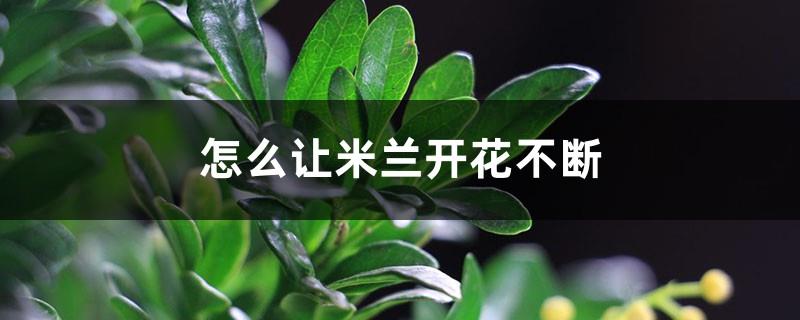How to grow Echeveria
Last Update :2024.12.15
Article Catalog
The temperature in winter should be kept above fifteen degrees. Water requirements are very small during the dormant period in summer, and water needs to be cut off during high temperatures. During the growing period, water needs to be cut off once or twice a week. The consumption of nutrients is not large, and fertilizing once a month is sufficient. In summer, the light is strong, so you can properly shade it, and in autumn and winter, you can appropriately extend the lighting time.

1. Maintenance methods
1. Maintenance method
1. Temperature: It is not cold-resistant. If the temperature is below ten degrees, the plant will be frostbitten. Therefore, during maintenance, the temperature should be kept above fifteen degrees. If the temperature At temperatures below zero, plants will stop growing and cause irreversible frostbite, and in severe cases, necrosis.

2. Watering: Summer is its dormant period. After the temperature is higher than 35 degrees, it should be moved to a cool place and the water should be cut off for maintenance. During the growth period, there is no need to provide more water, just once or twice a week. After the temperature drops below ten degrees, water should be cut off.

3. Fertilization: Its plants are relatively small, which is good for The consumption of nutrients is not large, and it is enough to fertilize once a month. The fertilizer type should be a compound fertilizer with a relatively high nitrogen content. When fertilizing, the fertilizer should not be directly in contact with the plant. Fertilization should be applied along a radius of five centimeters from the root. This will avoid root burn.

4. Lighting: The light in summer is relatively strong and can be used appropriately Sunshade, normal lighting at other times, the daily lighting time is at least six hours, when irradiation, try to give priority to astigmatism. The light in autumn and winter is relatively mild, and the lighting time can be appropriately extended.

2. Breeding skills
1 . Repotting: The interval between repotting is determined by the size of the plant. The diameter of the pot should be three to four centimeters larger than the diameter of the flower disk. When repotting, the broken roots at the roots should be trimmed off, and then the incisions should be cut. Disinfect and replant into new potting soil.

2. Pruning: When it is growing vigorously, Proper pruning is necessary, firstly, to maintain the plant shape, and secondly, to concentrate nutrients.

3. Problem diagnosis
1 . Insect pests: It is easily infected with aphids. If aphids are found, treat them as soon as possible. You can spray them with succulent insecticides. It will be more troublesome if you wait until the aphids have grown up before dealing with them.

2. Disease: If the plant never grows big , may be caused by insufficient nutrients, and it is necessary to increase nutrients appropriately. Compound fertilizers should be used for fertilizer seeds. Compound fertilizers have sufficient nutrients and can help it replenish nutrients in an all-round way.

4. Other questions
1 2. Whether it is suitable for breeding in the bedroom: It cannot be raised in the bedroom because the light in the bedroom is not enough to meet its lighting needs. It is best to keep it in a place where astigmatism can shine.

2. Edible: It cannot be eaten directly, but it can be used as medicine use.

2. Breeding skills
3. Problem diagnosis
4. Other issues
- END -
How to keep Milan blooming? Can I spray water when the buds grow?

If you want Milan to bloom continuously, you need to ensure that the temperature i...
Phnom Penh Daphne blooms several times a year, what should I do if it doesn’t bloom?

Usually, Daphne Phnom Penh blooms once a year, and the flowering period is during ...